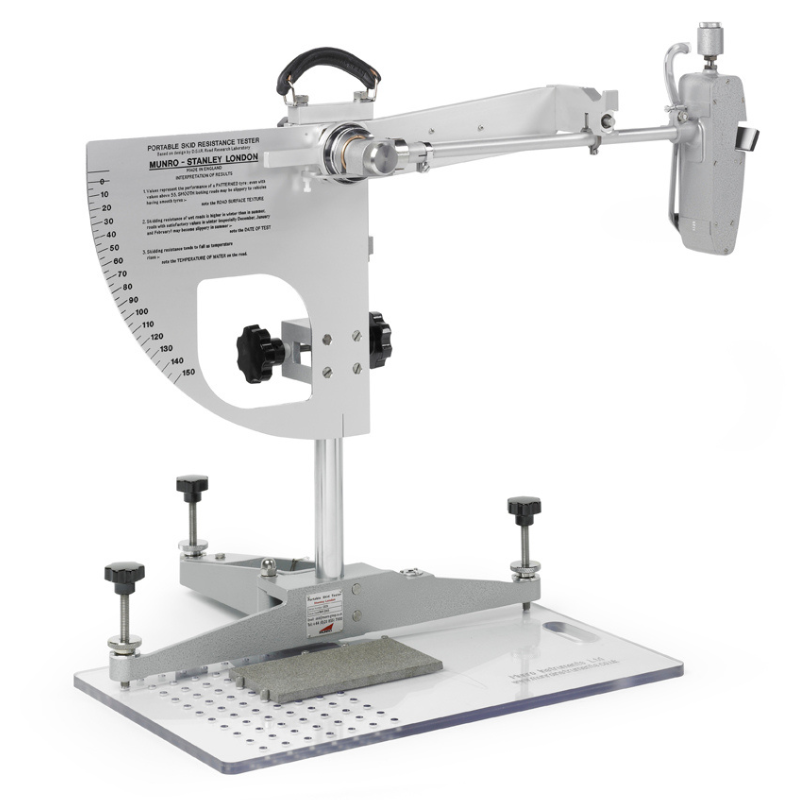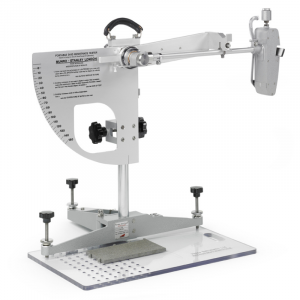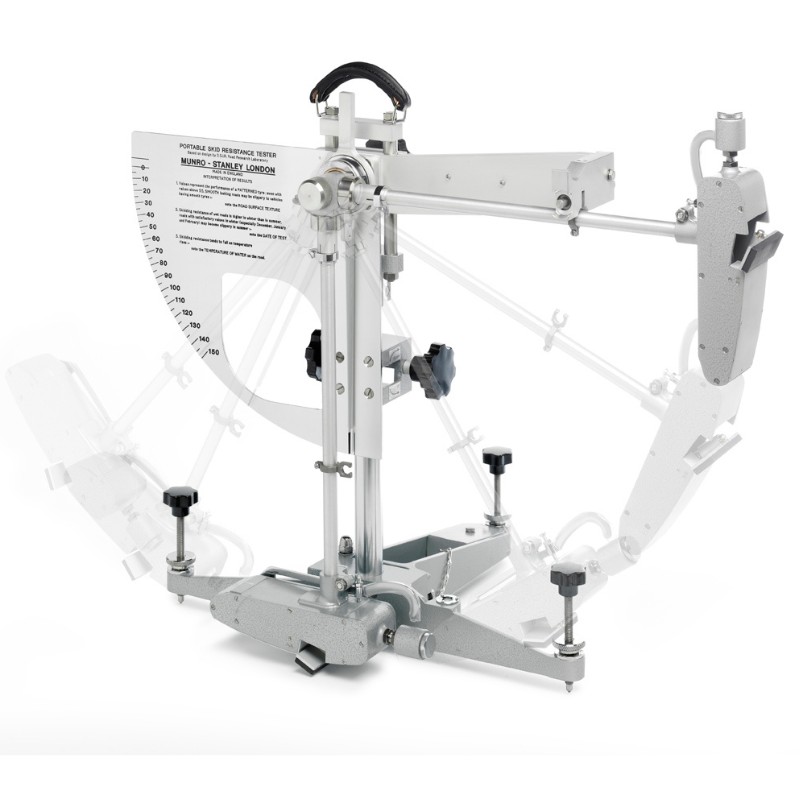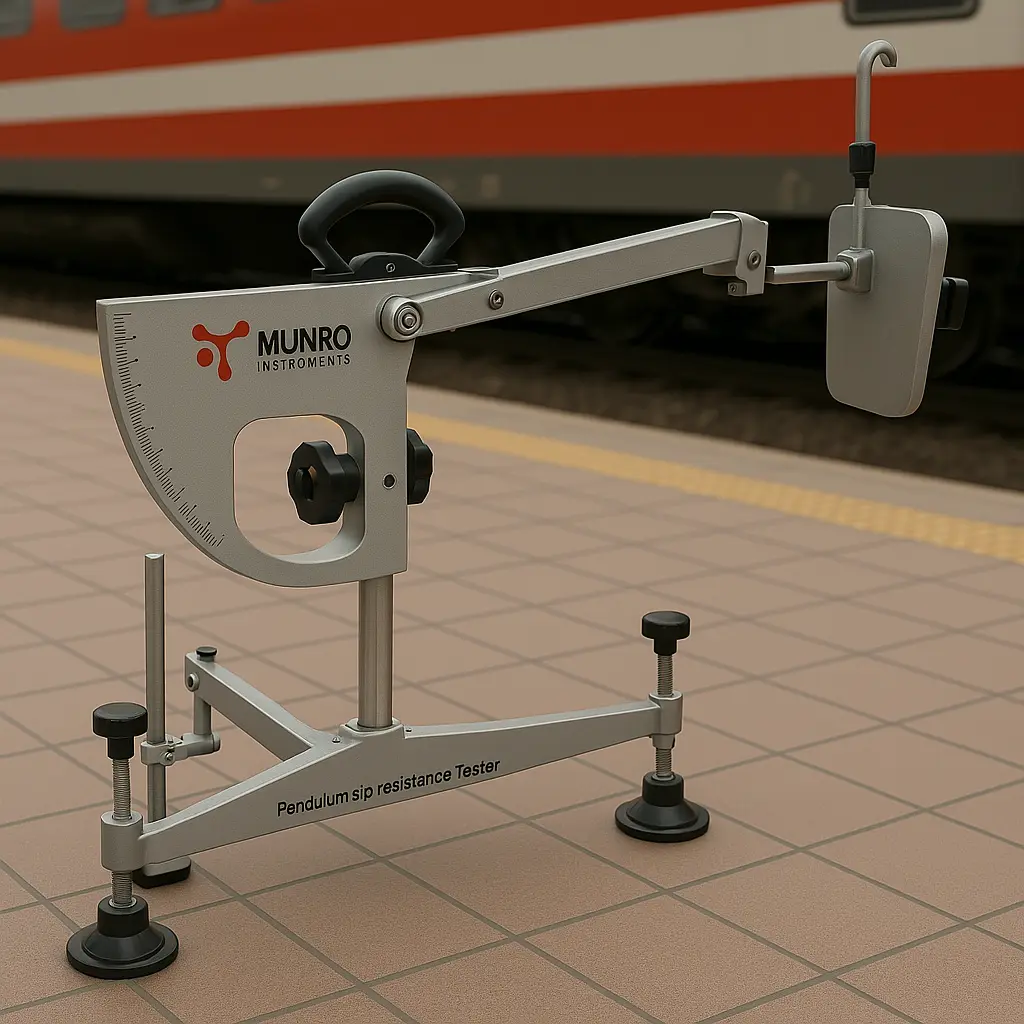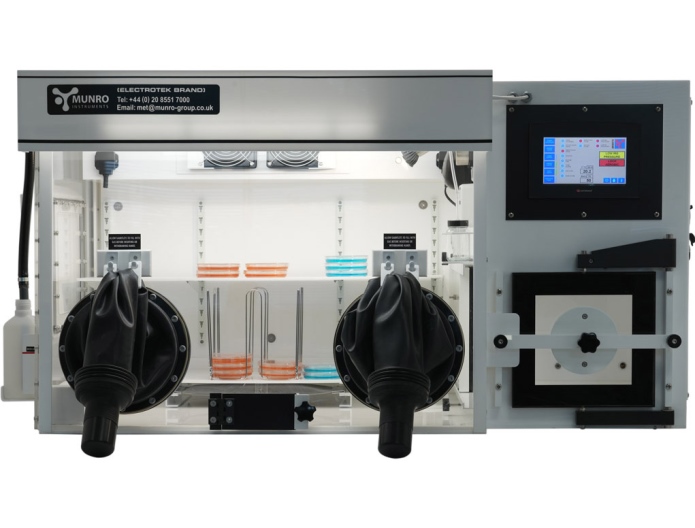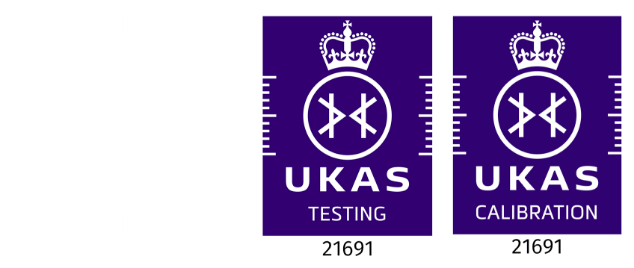The Health and Safety Executive (HSE) is the UK’s watchdog when it comes to workplace safety. And they take slipping hazards very seriously. Regulations like the Workplace (Health, Safety and Welfare) Regulations 1992 and the Health and Safety at Work etc. Act 1974 make it crystal clear: employers must assess and control risks, including those related to flooring and surfaces.
What Are Slip Tests?
Slip tests measure how slippery a floor surface is, especially when wet. They’re a crucial part of any risk assessment and help identify hazards before they become lawsuits—or worse, serious injuries. From supermarkets to factories, schools to office buildings, these tests are everywhere.
Types of Slip Tests
Pendulum Test (BS 7976-2)
The gold standard in the UK. This test mimics a walking foot and measures Pendulum Test Values (PTV)—the higher, the safer.
Surface Roughness Test
Measures microscopic variations in the floor to determine slipperiness.
Wet Ramp and Dry Ramp Tests
These simulate walking conditions on slopes and are especially useful in areas like kitchens and pools.
Equipment Used in Slip Testing
You don’t need a lab—just the right tools. A pendulum tester gives you PTVs, while surface roughness meters help in assessing floor texture. Testers may even simulate different footwear types and contamination scenarios to get real-world accuracy.
Legal Obligations for Employers in the UK
Employers must:
- Assess risks and act on them
- Provide safe flooring
- Keep detailed documentation
Non-compliance can lead to HSE investigations, hefty fines, and even imprisonment in extreme cases.
Interpreting Test Results
So what’s a “safe” floor? According to HSE, a PTV of:
- 36+ = Low slip potential
- 25–35 = Moderate slip potential
- <24 = High slip potential
Knowing these values helps you decide if changes are needed—like changing flooring, improving cleaning methods, or using anti-slip treatments.
How to Stay HSE Compliant
It’s not enough to do one test and forget about it. Stay compliant by:
- Testing regularly
- Recording results
- Reviewing after incidents or maintenance
- Training staff on hazard awareness
A Quick Glance at UK Workplace Injury Stats
- 30% of all reported injuries are slips or trips.
- Over 100,000 working days are lost each year due to slip-related injuries.
- HSE prosecutes dozens of companies yearly for failing to manage floor safety.
The Importance of HSE Compliance
Avoiding Fines and Legal Trouble
A slip and fall incident can quickly escalate to a lawsuit. Non-compliance with HSE standards is considered negligence in the eyes of the law.
Protecting Staff and Customers
The better your floors grip shoes, the safer everyone is. This isn’t just about employees—it includes visitors, customers, contractors, and inspectors.
Boosting Public Trust and Reputation
Imagine a TripAdvisor review saying, “Slipped and broke my ankle at the entrance.” That’s bad for business. Slip tests show you care about safety and professionalism.
UK Legislation and Regulations
The Workplace (Health, Safety and Welfare) Regulations 1992
Requires employers to keep floors in good condition, clean, and free from obstructions.
The Health and Safety at Work etc. Act 1974
Employers have a duty to ensure, as far as is reasonably practicable, the health and safety of employees and others.
Management of Health and Safety at Work Regulations 1999
This mandates a risk assessment-based approach to hazards—including slippery surfaces.

